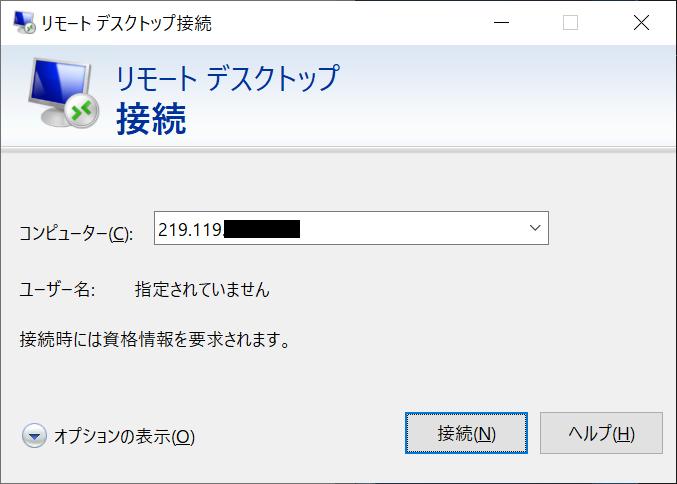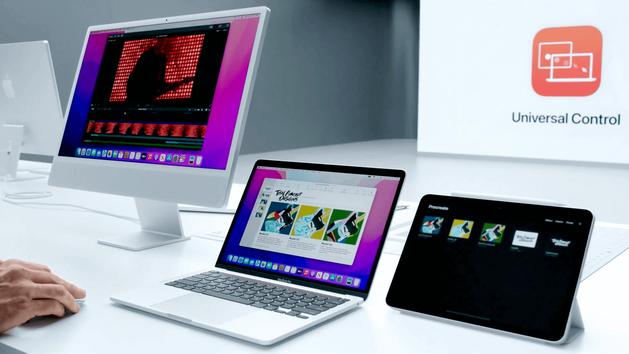Some problems have been reported with Mac products equipped with the new CPU "M1" announced and released by Apple in November 2020.
EIZO Co., Ltd. has already released information on compatibility with monitors made by the same company, especially regarding display display, which is vital in the field of still images and moving images. It is said that the image output from the Mac side equipped with M1 has a case where gradation skipping occurs. Regarding this problem, it is also reported that there is a workaround if the product supports it.
According to EIZO, when a Mac equipped with the M1 is connected to an external monitor, it may not be possible to achieve the monitor's original color and gradation expression. This problem has been confirmed to occur commonly with monitors other than EIZO products.
[2021.1.8.19:00 amended] When the article was first published, it was unclear whether the problem was common to other monitor products, but it was pointed out that the problem was also confirmed with monitors other than EIZO. We have received and corrected the relevant parts.
The cause of the problem is that the video signal from the Mac equipped with the M1 is not an RGB full-range output, but a YUV/limited range signal data format that uses compression.

In many cases, the monitor display is controlled by three colors of RGB (Red, Green, Blue). RGB is also said to be the three primary colors of light, and the amount of overlapping these three colors draws light and dark. Various colors are expressed by changing each RGB color in the range of 0 to 255 (256 gradations).
On the other hand, the YUV data in question expresses colors by combining the luminance signal (Y), the difference between the luminance signal and the blue component (U), and the difference between the luminance signal and the red component (V). structure. The amount of data is compressed by using the characteristics of the human eye. The reason seems to be that the color difference components are thinned out during this compression. RGB and YUV can be mutually converted. However, the YUV output of the M1-equipped Mac has less gradation than full range, so even if it is converted to full range, the original reproduction cannot be obtained.
[2021.1.8.19:00 Supplement] Regarding the YUV output from Mac with M1, EIZO Corporation pointed out as a supplement. I would appreciate it if you could refer to it as well.
By the way, according to EIZO's data, this data format has been used mainly in the world of moving images, and with the increasing performance of PCs and the digitization of moving images, the same data format can be handled on PCs as well. It is becoming commonplace.
According to EIZO, this kind of display problem has also occurred with HDMI connections on older Macs. However, it is said that Mac products equipped with this M1 cannot solve the problem even if they use USB Type-C connection or DisplayPort conversion connection.
Let's turn to the workaround mentioned above. Among the company's products, some ColorEdge products have models that support signal format settings that do not support the YUV format. A comparison of the display state is also posted on the company's Web page. If you are suffering from similar problems, it may be helpful.
| Connection method | Settings |
|---|---|
| USB Type-C / DisplayPort connection | Select a setting value without "YUV" notation |
| HDMI connection | Select a setting value without "YUV" notation From "Video" mode to "PC mode |
| "Compatibility between Macs with Apple M1 chips and EIZO monitors" (excerpt from EIZO website) |

![Lenovo's 8.8 inch one-handed tab "Legion Y700" full specs released! [Is the price in the 40,000 yen range?]](https://website-google-hk.oss-cn-hongkong.aliyuncs.com/drawing/article_results_9/2022/3/9/207e1be231154e91f34c85b4b1d2126c_0.jpeg)
![EVsmart blog Toyota's electric car "bZ4X" that makes you feel comfortable with electric cars and quick chargers / No% display of battery level [Editorial department] Popular articles Recent posts Category](https://website-google-hk.oss-cn-hongkong.aliyuncs.com/drawing/article_results_9/2022/3/9/752542064665dc2bd7addbc87a655694_0.jpeg)

